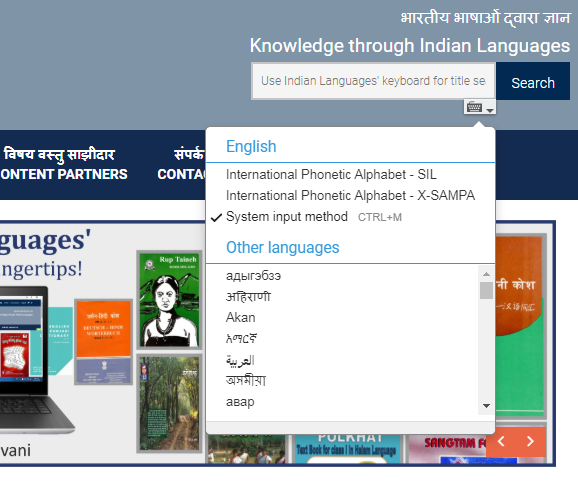Linguistic theory and its modern applications of Natural Language Processing emphasize on one central concept. Language is perpetually changing. This very nature of the language is a challenge to any machine learning models, AI applications. Unless the understandings of socio-environmental humanities intertwined with the statistical and neural network systems, the ultimate goal of the language — plain communication — fails.
Content writing has been at play for a long time. But, its succinct sister is around the corner for some time, the UX writer. He is not a loner life the former but an essential team player with high imaginations, not only of words, but the concerned arena of technology, design and market.
UX Writing in Vernacular Languages
Though, UX writing is comparatively new phenomenon in the business, country like India which has a vast domestic market where firms are under the pressure to cater their products to varied customers with diverse linguistic backgrounds. Users have been adapted to English microcopies over time. However, as the regional language consciousness at rise, companies are feeling the heat to convince the user in their tongues.
There lies the biggest hurdle. India showcases 170 plus known languages with 22 official languages along with numerous scripts and dialects. Number of linguists, language experts is abysmally minimal for it’s not a paying field. Most of the keywords used to rope the user in are simply transliteration of English words, rather than the daily words of one’s usage. This leads to several jokes and mishaps. For example “A pay and use toilet” becomes, in twisted translation “A toilet which pays you to use it”.
While most of the European languages have enough data sets and grammar models that can be employed in machine translation, these languages are simply dependent upon the human mind. Ironically the available pool of such trained translators with deep understandings of technology is but impossibility.
UX in Government Products

When I was working as an editorial assistant for India’s biggest cross-lingual dictionary project, Bharatavani which is an ambitious Indian government project I faced this incredible challenge. The portal hosted 171 languages. Its aim was to deliver knowledge to all these people in their own language while enabling everyone to get what they wanted through microcopies in their own daily words. None of the standard “concept name” of buttons made sense. It was a chaos.
User research is also impossible in such kind of environment. Trial and error takes millennia and cost astronomical. Like public services all over the globe, particularly in India, is never technology enthusiastic.
This project has personally been a curious case for me. Because the project has involved numerous dictionaries whose sole purpose to provide context specific words helping in understanding. However, the contextual words are mostly carrying a social connotation than elevating themselves as a bridge words between context-brevity-user. This problem is quite a task that can only be sorted through a thorough UR and gluing a certain meaning to certain word in certain language at the first hand. Then the word should become synonymous with a usage over the period of time. A degree of usage-uniformity is required across the firms in order to shape the words to help the user and enrich their experience.
UX in Private Sector

India is a mammoth market — both domestic and international that can be ignored. It has over 700 million active users for one or the other products; mostly online in recent years. The online penetration to rural areas is huge due to free or next-to-nothing-cost data, every user is a potential point of nexus between un-similar products. User research and serving to their wishes is an enormous challenge while being ample opportunity too.
India, being the software hub, and a rich imaginative young populace offer UX designing potential. As the UX content writing can offer standard employment opportunity, the so far neglected graduates of humanities can bring in their academic knowledge of linguistics and anthropological awareness. This dynamics of cross-knowledge sources is a win-win both for the market, user and the creator. The diverse requirement of the user base can also, in turn, enlightens the businesses to come up with better tailor made, unique and demand-driven innovations.
A B2B Opportunity
Handicraft products, rural artifacts, textiles, handmade crafts have, in recent years, trying to pitch themselves to online markets such as flip cart, amazon, snapdeal and many such more. In my personal experience many of these small scale producers find it unimaginably difficult to interact with English centered UX designs and content. Telephonic autobots, chatbots are simply a nightmare more these producers. While it is important to create user centered UX designs and content in the local tongue, it is no less important to reach out these potential business partners and production houses through business friendly UX designs or rather Business-Partner-Experience, (a BUPEX?).
Imagining from a broader perspective, the UX and UR in countries like India and multi-versed South East Asia and Africa, can be a game changer for every party involved. In the view of macroeconomics, this can generate more capital, higher earning-spending prospective, necessitate innovation and hence impending production.






